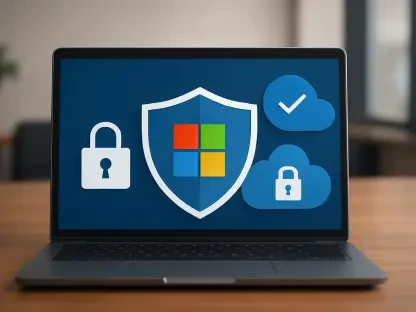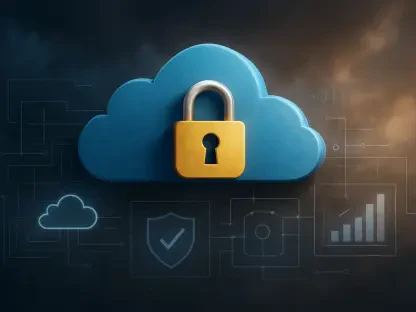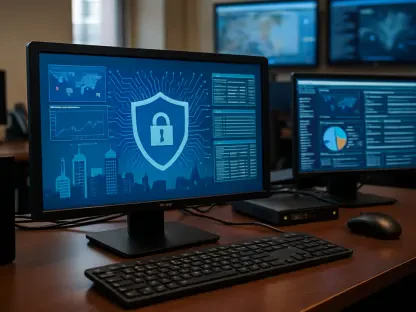In the realm of modern technology, cybersecurity serves as the backbone that supports the stability and progression of digital infrastructures. As businesses increasingly rely on digital tools, the importance of robust cybersecurity measures becomes even more crucial. A particular area of concern is vulnerabilities in remote monitoring and management (RMM) software, which serve as gateways for potential cyber threats. These vulnerabilities pose significant risks and highlight the necessity for vigilant cybersecurity practices in the evolving tech ecosystem.
The Rise and Prevalence of RMM Software
Growth and Adoption of RMM Solutions
RMM software has experienced unprecedented growth in recent years, emerging as an essential component in IT and business management landscapes. Analysts report a steady increase in market adoption rates, with organizations worldwide integrating these solutions to streamline operations. With the advent of remote work and global connectivity, RMM tools have been recognized as indispensable, providing companies with the capability to manage systems and networks efficiently without geographical constraints.
Application and Real-World Examples
In practical applications, RMM software has empowered businesses to maintain operational integrity and improve productivity. Several notable enterprises exemplify successful RMM solution deployment, boasting enhanced real-time system monitoring and automated management processes. The adoption of these tools facilitates centralized control, aiding organizations in addressing technological challenges swiftly and effectively, thereby fortifying their position in competitive markets.
Understanding Vulnerabilities in RMM Software
Expert Insights on Current Vulnerabilities
Cybersecurity experts consistently highlight the vulnerabilities inherent in RMM systems, offering insights into their implications for companies. The complex architectures of these tools often present security gaps, enabling malicious actors to exploit them. Addressing these vulnerabilities remains an ongoing challenge for organizations, necessitating comprehensive strategies to safeguard sensitive data, protect customer trust, and prevent unauthorized access.
Case Studies of RMM Software Breaches
Recent breaches, such as the high-profile incident involving ConnectWise’s ScreenConnect, underscore the threats posed by RMM software vulnerabilities. The breach, believed to involve a sophisticated nation-state, targeted a limited number of customers. In response, ConnectWise collaborated with leading cybersecurity experts and law enforcement entities, underlining the critical nature of timely response and heightened security protocols. This incident serves as a cautionary tale, illustrating the potential repercussions for companies affected by similar security breaches.
Future Prospects and Challenges
Anticipating RMM Software Developments
Looking forward, the industry anticipates notable advancements in RMM software aimed at enhancing security measures and safeguarding against threats. Companies are investing in innovative technologies designed to detect and neutralize vulnerabilities more effectively. Research and development are burgeoning in this sector, as firms strive to create products featuring advanced encryption, improved authentication processes, and more resilient infrastructures.
Broader Implications and Industry Impact
The implications of vulnerabilities in RMM software resonate across various industries, potentially affecting multiple sectors reliant on these tools. Industry leaders, regulatory bodies, and standards organizations play pivotal roles in shaping future security landscapes by establishing robust guidelines and promoting collaboration. These concerted efforts aim to mitigate risks while fostering an environment conducive to technological innovation and data security.
Conclusion and Call to Action
The analysis of RMM software vulnerabilities highlights important lessons for organizations aiming to strengthen cybersecurity frameworks. As the digital landscape continues to evolve, organizations must prioritize rigorous security measures and proactive vulnerability management. By investing in advanced security solutions, fostering inter-industry collaboration, and adapting to technological innovations, organizations can minimize risks associated with RMM software vulnerabilities. It is imperative for stakeholders to embrace a future-ready approach, ensuring the protection of assets and facilitating secure digital transformation journeys.









